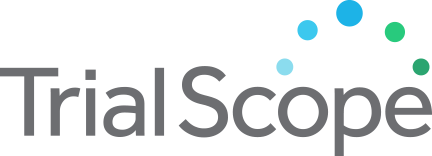Diathermy Effectiveness in Reducing Subcutaneous Adipose Tissue Affected by Lipedema
Study Purpose
Diathermy, a therapy that uses deep heat to reach deep tissue layers, is known to induce the breaking down of fatty cells and fibrotic tissue. In lipedema, patients develop fibrosis of their subcutaneous adipose tissue. Therefore, diathermy could be an interesting tool to treat this disease. To test the effectiveness of diathermy on these patients, the investigators will select women with lipedema (18 to 70 yo) and place them in two groups (experimental and control group). The experimental group will receive the treatment, that is, 10 minutes of diathermy on the medial knee surface of both knees, with an intensity that produces heat just below the participants' pain threshold. Participants from the control group will receive sham diathermy, that is, placebo. The intervention consists of 10 sessions, 3 times a week, for 4 weeks. Researchers will collect data pre and post intervention and one month after the intervention ends. Data will consist of measurements at knee level with tape and an ultrasound device, pain threshold with an algometer, a VAS score and an SF-12 questionnaire for quality of life.
Recruitment Criteria
|
Accepts Healthy Volunteers
Healthy volunteers are participants who do not have a disease or condition, or related conditions or symptoms |
No |
|
Study Type
An interventional clinical study is where participants are assigned to receive one or more interventions (or no intervention) so that researchers can evaluate the effects of the interventions on biomedical or health-related outcomes. An observational clinical study is where participants identified as belonging to study groups are assessed for biomedical or health outcomes. Searching Both is inclusive of interventional and observational studies. |
Interventional |
| Eligible Ages | 18 Years - 70 Years |
| Gender | Female |
Trial Details
|
Trial ID:
This trial id was obtained from ClinicalTrials.gov, a service of the U.S. National Institutes of Health, providing information on publicly and privately supported clinical studies of human participants with locations in all 50 States and in 196 countries. |
NCT05944796 |
|
Phase
Phase 1: Studies that emphasize safety and how the drug is metabolized and excreted in humans. Phase 2: Studies that gather preliminary data on effectiveness (whether the drug works in people who have a certain disease or condition) and additional safety data. Phase 3: Studies that gather more information about safety and effectiveness by studying different populations and different dosages and by using the drug in combination with other drugs. Phase 4: Studies occurring after FDA has approved a drug for marketing, efficacy, or optimal use. |
N/A |
|
Lead Sponsor
The sponsor is the organization or person who oversees the clinical study and is responsible for analyzing the study data. |
Camilo Jose Cela University |
|
Principal Investigator
The person who is responsible for the scientific and technical direction of the entire clinical study. |
N/A |
| Principal Investigator Affiliation | N/A |
|
Agency Class
Category of organization(s) involved as sponsor (and collaborator) supporting the trial. |
Other |
| Overall Status | Not yet recruiting |
| Countries | |
|
Conditions
The disease, disorder, syndrome, illness, or injury that is being studied. |
Lipedema |
Contact Information
This trial has no sites locations listed at this time. If you are interested in learning more, you can contact the trial's primary contact:
For additional contact information, you can also visit the trial on clinicaltrials.gov.

